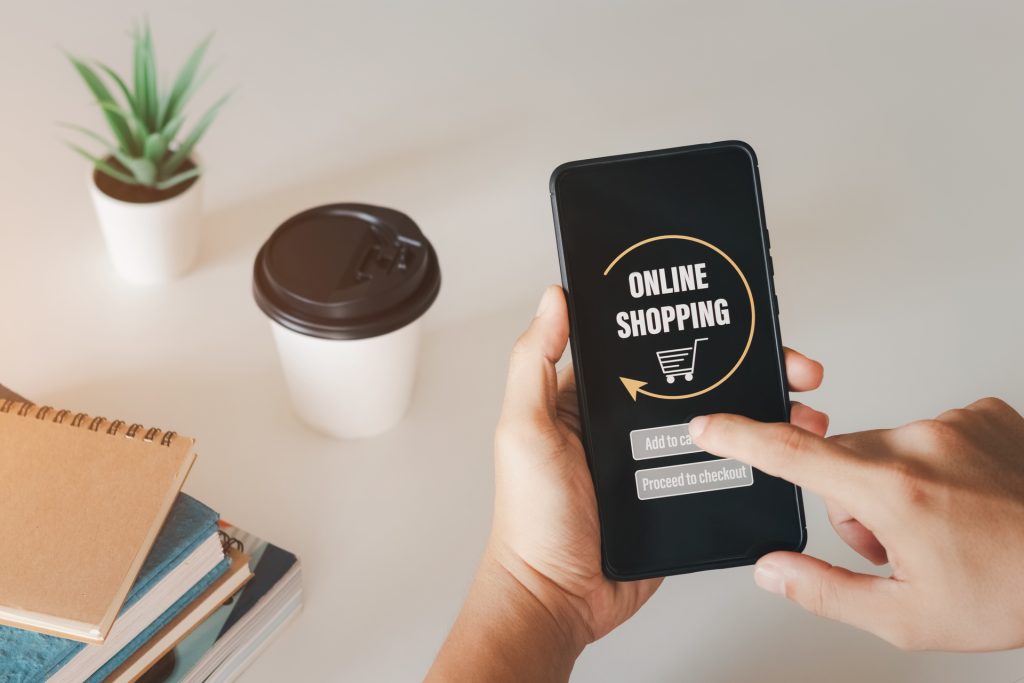Introduction: What Are Micro-Influencers?
When people think of influencers, they often envision individuals with millions of followers promoting everything from beauty products to lifestyle brands. But in reality, some of the most effective influencers have much smaller followings. These individuals, known as micro-influencers, typically have anywhere from 1,000 to 50,000 followers. Despite their smaller reach, they offer immense value to brands looking to build deeper connections with niche audiences.
In Saudi Arabia, micro-influencers have become increasingly popular for influencer marketing campaigns due to their higher engagement rates and strong connections with their followers. But what makes micro-influencers so powerful, and why should brands consider partnering with them? Let’s explore the power of micro-influencers in Saudi Arabia and how they can help drive meaningful results for your business.
Why Micro-Influencers Matter in Saudi Arabia
1. Authenticity Over Fame
One of the biggest reasons why micro-influencers are so impactful is their authenticity. Unlike mega-influencers, who may promote a wide range of products, micro-influencers often focus on niche topics that they are genuinely passionate about. This authenticity resonates with their followers, making their recommendations more trustworthy.
In Saudi Arabia, where social media users value genuine connections, micro-influencers can create a more personalized relationship with their audience. Followers often view them as relatable, everyday people, which leads to higher levels of trust and influence.
- Example: A fitness enthusiast in Jeddah with 15,000 followers who regularly shares workout tips and product reviews is likely to have a loyal following that values her recommendations, making her an ideal partner for fitness brands.
2. Higher Engagement Rates
One of the key benefits of working with micro-influencers is their higher engagement rates. While mega-influencers may have millions of followers, their engagement rates (likes, comments, shares) are often lower due to the sheer size of their audience. Micro-influencers, on the other hand, tend to have more intimate relationships with their followers, resulting in higher levels of interaction.
In Saudi Arabia, engagement is critical to a successful influencer campaign. Micro-influencers are often more responsive to their followers’ comments and messages, creating a more engaged and active community. This higher engagement often translates to better results for brands.
- Example: A beauty micro-influencer in Riyadh with 10,000 followers may receive hundreds of comments on a product review, leading to a higher likelihood of followers purchasing the recommended product.
3. Cost-Effective Partnerships
For brands with limited marketing budgets, micro-influencers offer a more affordable way to engage with targeted audiences. Since micro-influencers have smaller followings than mega-influencers, their rates are typically lower, making them a cost-effective solution for brands that want to test influencer marketing without breaking the bank.
This affordability makes micro-influencers especially appealing to small and medium-sized businesses in Saudi Arabia that may not have the resources to collaborate with top-tier influencers but still want to benefit from influencer marketing.
- Example: A local skincare brand in Dammam can collaborate with a few micro-influencers within their budget, reaching multiple niche audiences at a fraction of the cost of one celebrity endorsement.
How Micro-Influencers Drive Brand Loyalty
1. Niche Expertise
Micro-influencers are often experts in their niche, whether it’s beauty, fitness, food, or technology. Because they focus on a specific topic, their audience is highly targeted, making them ideal for brands looking to reach a specific demographic.
In Saudi Arabia, micro-influencers are particularly effective for brands that want to engage with niche communities. For example, a brand selling organic skincare products may find greater success by partnering with a micro-influencer who specializes in clean beauty than with a celebrity who promotes a wide range of unrelated products.
- Example: A micro-influencer in Riyadh who focuses on sustainable living may be the perfect partner for a local eco-friendly brand, as their audience is already interested in environmentally conscious products.
2. Building Long-Term Relationships
Unlike one-off collaborations with mega-influencers, micro-influencers are often open to building long-term partnerships with brands. This consistency helps build brand loyalty, as their followers repeatedly see the brand over time and develop a stronger connection to it.
In Saudi Arabia, where brand loyalty is highly valued, long-term partnerships with micro-influencers can be incredibly effective. These ongoing collaborations help reinforce the brand message and create lasting impressions with the audience.
- Example: A micro-influencer in Jeddah collaborating with a fashion brand for several seasons creates a sense of familiarity and loyalty among her followers, making them more likely to trust and purchase from the brand over time.
Measuring the ROI of Micro-Influencer Marketing
One of the most important aspects of influencer marketing is measuring its success. While the impact of mega-influencers is often measured in terms of reach and impressions, micro-influencers are more focused on engagement and conversions.
When working with micro-influencers, brands should focus on metrics like:
- Engagement Rate: How often followers interact with the influencer’s posts through likes, comments, and shares.
- Conversions: How many followers took the desired action, whether it was visiting the website, signing up for a newsletter, or making a purchase.
- Brand Mentions: The number of times the brand is mentioned on social media during and after the campaign.
- Customer Feedback: Gathering feedback from the influencer’s followers can provide insights into how well the campaign was received.
Using tools like Google Analytics, Instagram Insights, or even specific affiliate codes for influencers can help track these metrics and determine the return on investment (ROI) of your campaign.
Why Saudi Brands Should Focus on Micro-Influencers
As influencer marketing in Saudi Arabia continues to evolve, micro-influencers are becoming a key part of the strategy for brands that want to build genuine connections with their audience. Here’s why:
- Targeted Reach: Micro-influencers cater to specific niches, ensuring that your brand message reaches the right audience.
- Trust and Authenticity: Their genuine connections with followers make them trusted voices, which can lead to better engagement and conversions.
- Cost-Effective: Micro-influencers offer a high return on investment with a lower cost than working with mega-influencers.
- Long-Term Relationships: Collaborating with micro-influencers over time helps build brand loyalty and increases visibility in the long run.
Conclusion: Start Leveraging Micro-Influencers in 2024
The power of micro-influencers in Saudi Arabia is undeniable. These small but mighty influencers offer brands the opportunity to engage with highly targeted audiences, build trust, and drive meaningful results without the hefty price tag. As influencer marketing continues to grow in Saudi Arabia, working with micro-influencers is a smart strategy for brands looking to make a big impact with smaller voices.
Ready to tap into the power of micro-influencers in Saudi Arabia? Contact us at Deep Reach Business Solutions to start building impactful collaborations that drive engagement, trust, and sales for your brand.


